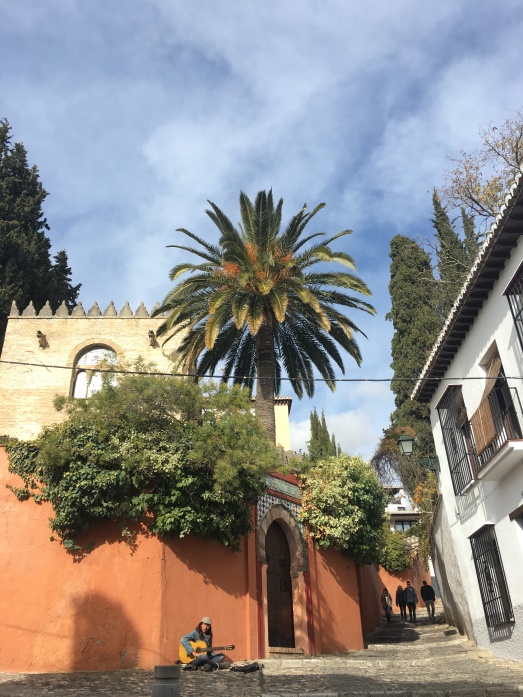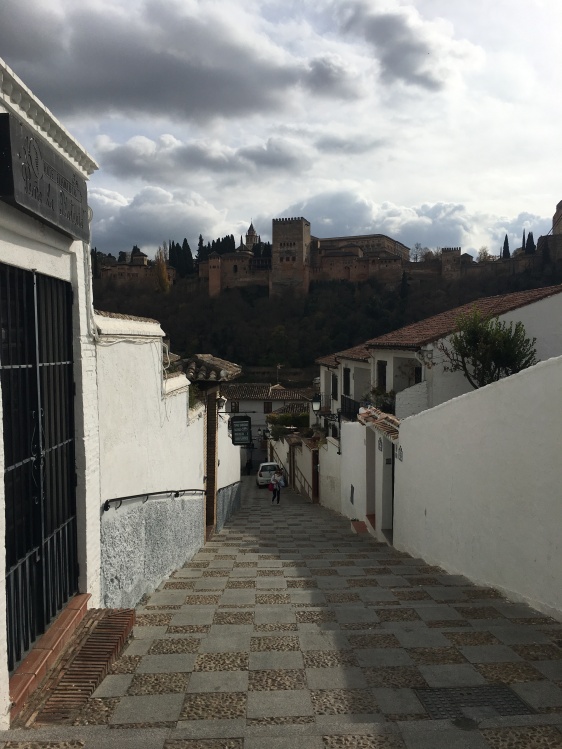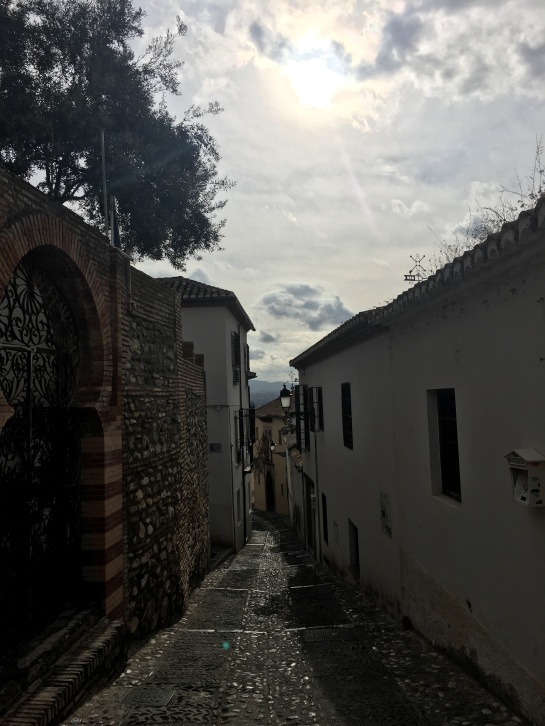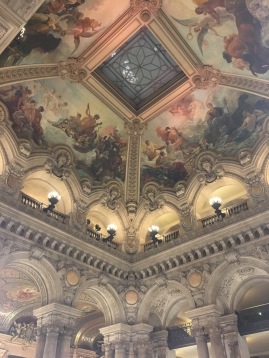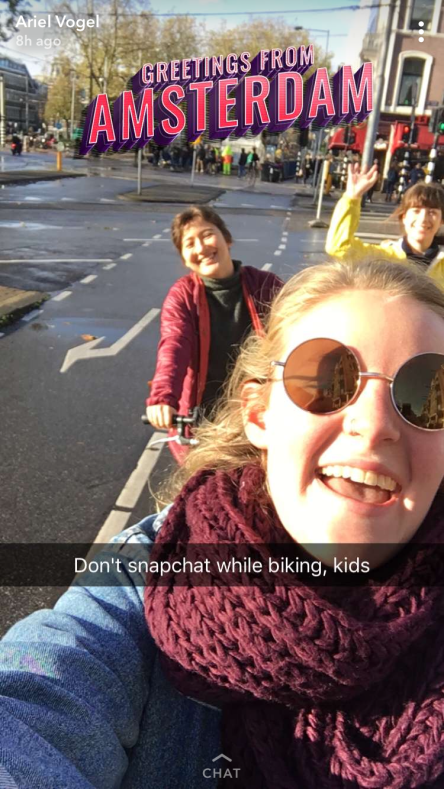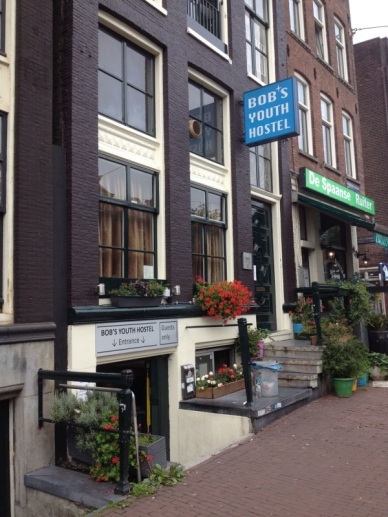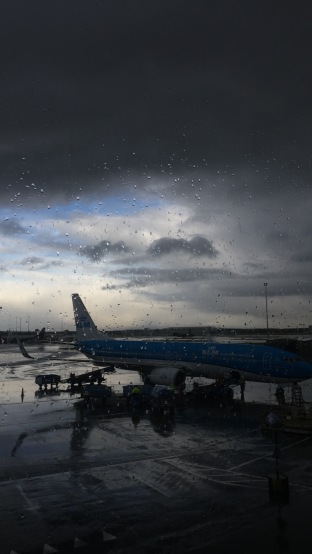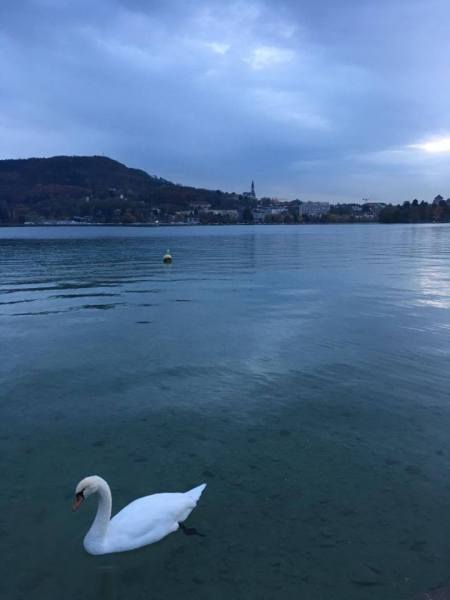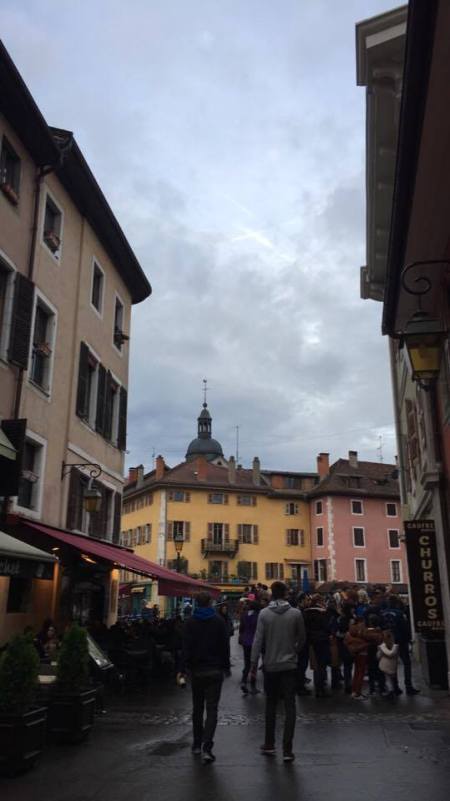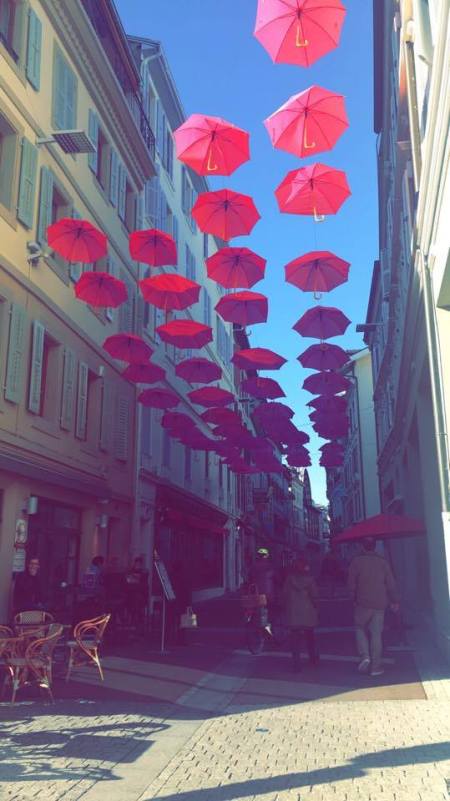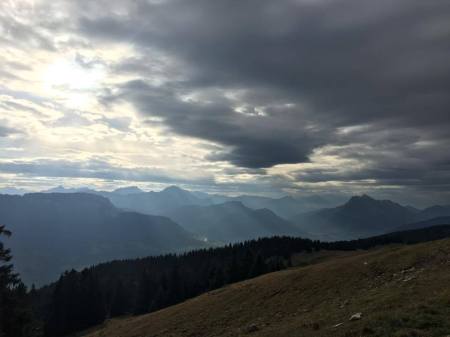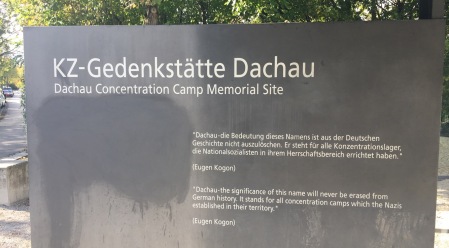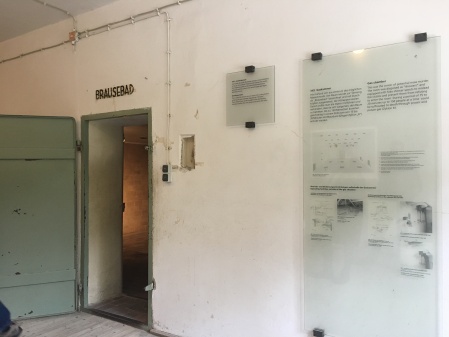I’ve been home for about a week now and have had the time to reflect on these past four months. Studying abroad in Paris at one of the most challenging schools in France was difficult academically—in other words I was studying hard and still in fear of failing…But the learning component of study abroad was hardly based in the classroom but in the experience of making a life for myself in a country whose language I’m only learning to speak, whose culture I’m trying to assimilate into, and whose customs I’m trying to adopt. It was one of the most necessary experiences I’ve ever had when considering my growth as an independent person. It was amazing, simply put, but I wouldn’t be telling the whole truth if I didn’t also mention that it was incredibly challenging, both emotionally and mentally.
I hit some high highs but also some low lows. I know for sure that I got bit by the travel bug. In total I visited twelve cities, six countries, and had exposure to at least thirty different languages. I learned to drop everything and go explore other countries as well as navigate the difficulties of problem solving that come with the inevitable stress of travel. On the other hand, I experienced what it’s like to be alone and feel alone. Initially, I couldn’t communicate effectively with almost anyone and needed the patience both for myself and the process of getting to know people like I’ve been transported back to freshman year of college. The first few months, in this respect, were very difficult. But George Addair once said that everything you want is on the other side of fear, and I cannot emphasize more how daunting yet rewarding turning about-face to some of the fears I didn’t even know I had has been for me as I understand myself as a changing person. In other words, I grew up, even if it’s just a little bit.
Most importantly, my conception of the planet and humanity’s role in it has dramatically shifted after spending these months working with homeless refugees. One of my good friends, Jumah, which mean’s Friday’s prayer in Arabic, is a Syrian refugee I came to know closely. On Thursdays and Sundays, I would go out to the Porte de la Chapelle neighborhood in the outskirts of Paris with the Refugee Help Association at my university to distribute information packets concerning asylum seeking. Jumah would help me translate for some of the refugees who didn’t speak French or English. There’s a lot people want to tell you but agonize to say when they don’t have the capacity to communicate, and, having moved to a country whose language I could hardly speak, I could resonate. He would translate for me, and on my first day on the job, a man from Afghanistan had said that if I didn’t get him a tent to sleep in before the winter cold set in, he was going to die on the streets. My work with the refugees was not only a wake-up call to the inefficacy of current state asylum policies, but it was also a reminder of our common humanity—that humans are humans who want the same things, who, regardless of where they’re escaping from, will stand in front of me as I offer them help and ask for nothing more than the hope to survive tragedy. We are all refugees because refugees are humans, and humans are more than the categories into which we narrowly enclose them. So whether or not the refugee crisis can be solved, all I would hope to impart as a witness to the receiving end of this common hardship is the recognition that these individuals are no different and want no differently than you or me, and this message of humanity is only irretrievably lost if we make the conscious decision to look at them as somehow intrinsically different. My brief experience having met Jumah and the many other familiar faces at Porte de la Chapelle is a testament to the dormant humanity that I trust will slowly swing to life and come to the aid of those who need it most. But it rests in our hands to question why we stand where we stand and why we think how we think. It’s up to us.
As you might imagine, studying abroad is emotionally enduring, but, for me, it became what I made of it, and what I made for myself was a life in a corner of the world that just a few months ago I couldn’t have imagined I’d have navigated fruitfully. I made the friends who then turned into hard goodbyes and the memories that have become indelibly written into my timeline as a maturing young adult. I’m not sure when I’ll be back to Paris or France or Europe in general, but a part of my identity was formed there, and, although my time there as an undergrad is finished, I know I’ll be back. I’m sure it won’t be long.




 Posted by Jessenfrance
Posted by Jessenfrance 
